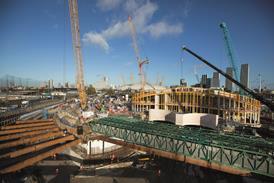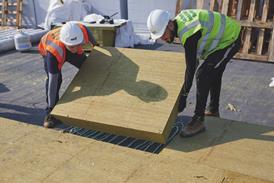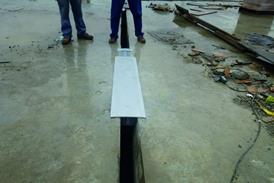- News
Regulations latest
All the latest updates on building safety reform
- Focus
- Comment
- Data
- Programmes
- CPD
- Events
- Jobs
- Subscribe
- Building Boardroom
Sustainability: Estate decarbonisation

In decarbonising their portfolios, estate owners must strike a careful balance between making sound investments and driving efficiencies
01 / Introduction
When designing and constructing a new building to be as carbon efficient as possible, developers can work with the latest technology, techniques, knowledge and materials. Decarbonising existing stock is entirely different. It requires the navigation of often centuries-old techniques and materials, which must be adapted to meet modern decarbonisation standards. Adding to that challenge, each building is unique.
Reducing the carbon impact of existing building stock is a time-critical task for the industry, as the consequences of human-induced climate change are already tangible. In 2022 alone, the UK experienced its warmest year on record, according to Met Office data.
The scale of the decarbonisation challenge cannot be underestimated. Existing building stock accounts for approximately 23% of UK carbon emissions, according to a 2019 RICS report. In the housing sector alone, the UK Green Building Council estimates that the UK’s 29 million homes must be retrofitted at a rate of 1.8 every minute to achieve net zero by 2050.
Read more…
This is PREMIUM content
available to Building Boardroom and Building subscribers only
You are not currently logged in. Building Boardroom Members and Subscribers may LOGIN here.
Become a Building Boardroom Member

to read this report now, plus have unlimited access to:
- Exclusive research and client insight to support your strategic planning
- Benchmark reports, and proven tools to aid your business development
- Attend bespoke community events…plus much more
Alternatively…
Become a Building subscriber
to gain access to building.co.uk for the latest news, expert analysis & comment from industry leaders, plus data and research.
Already a Boardroom member? Log in here.



















